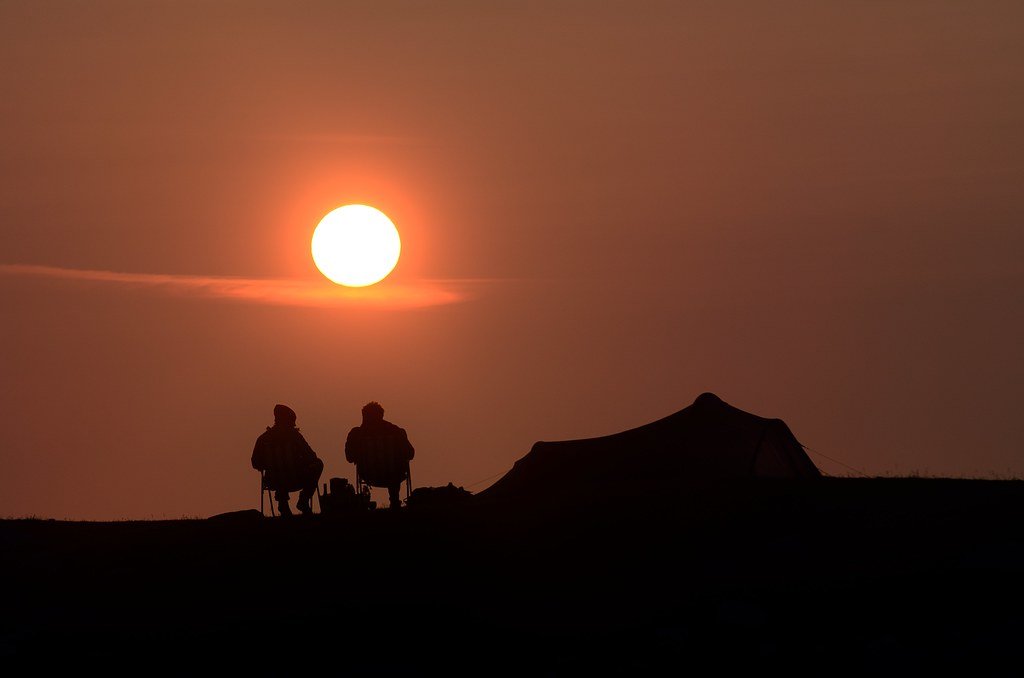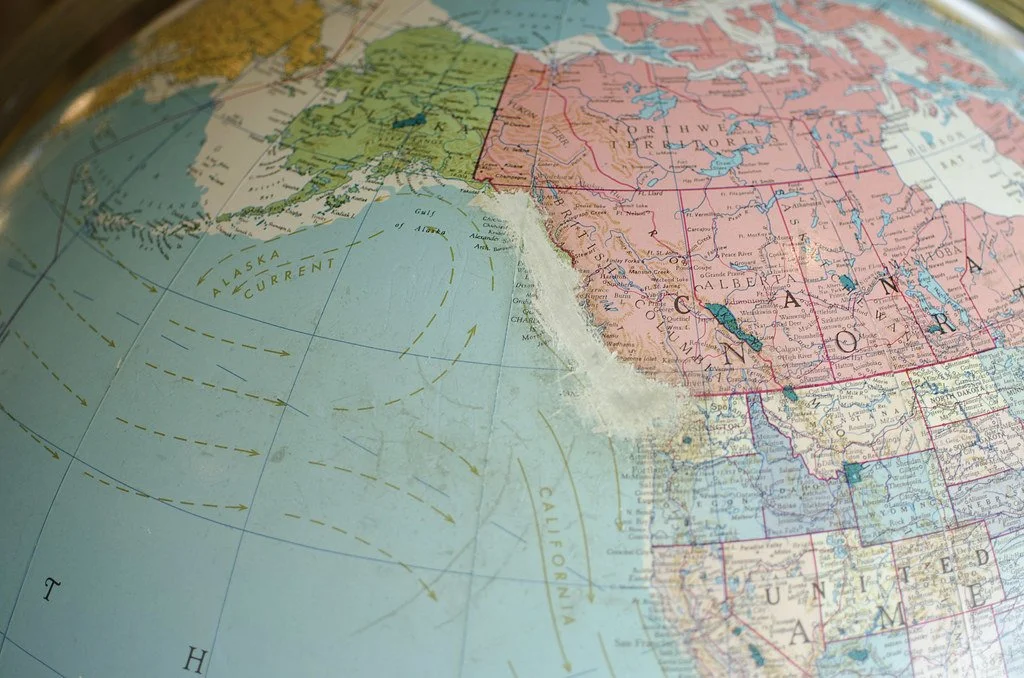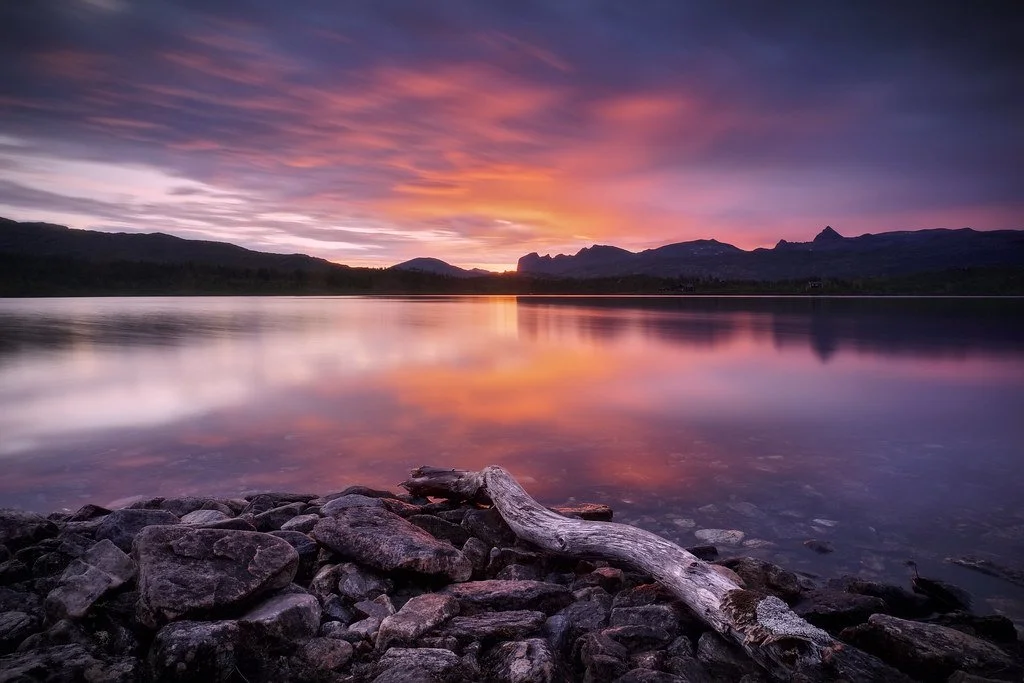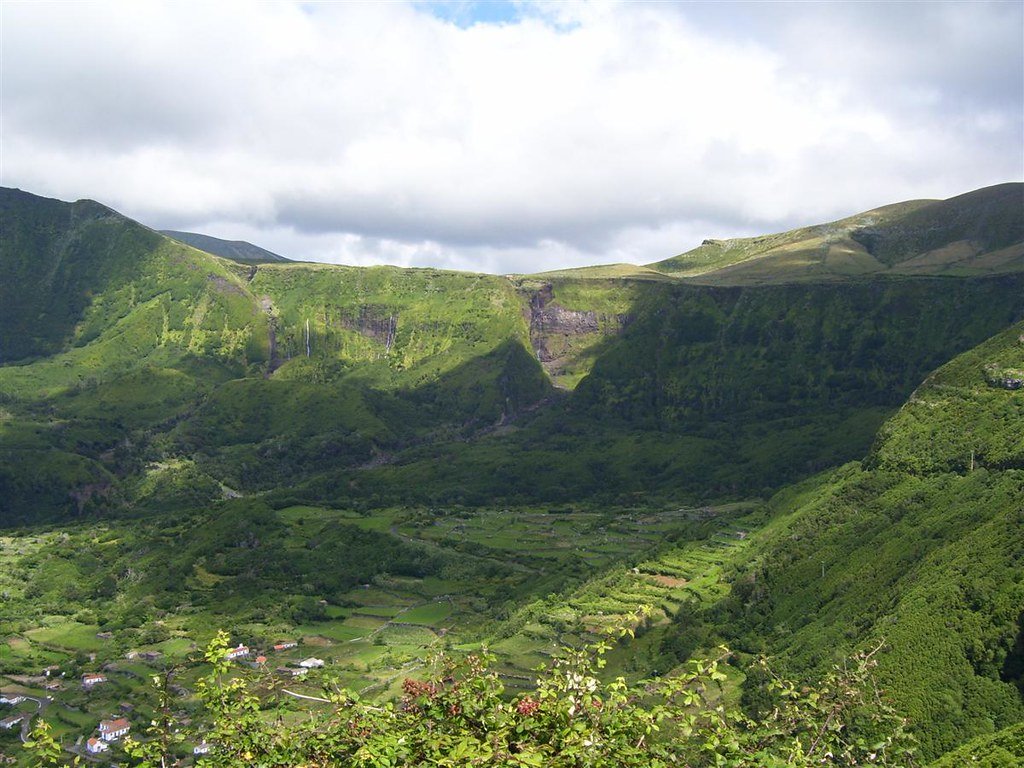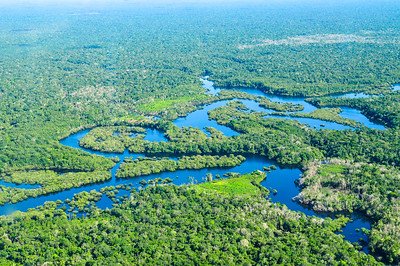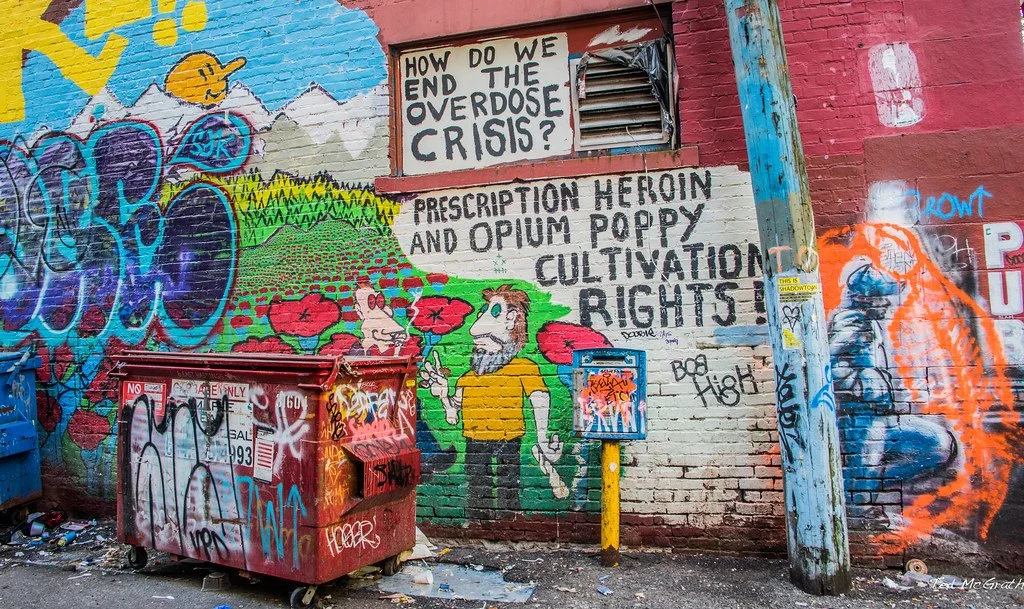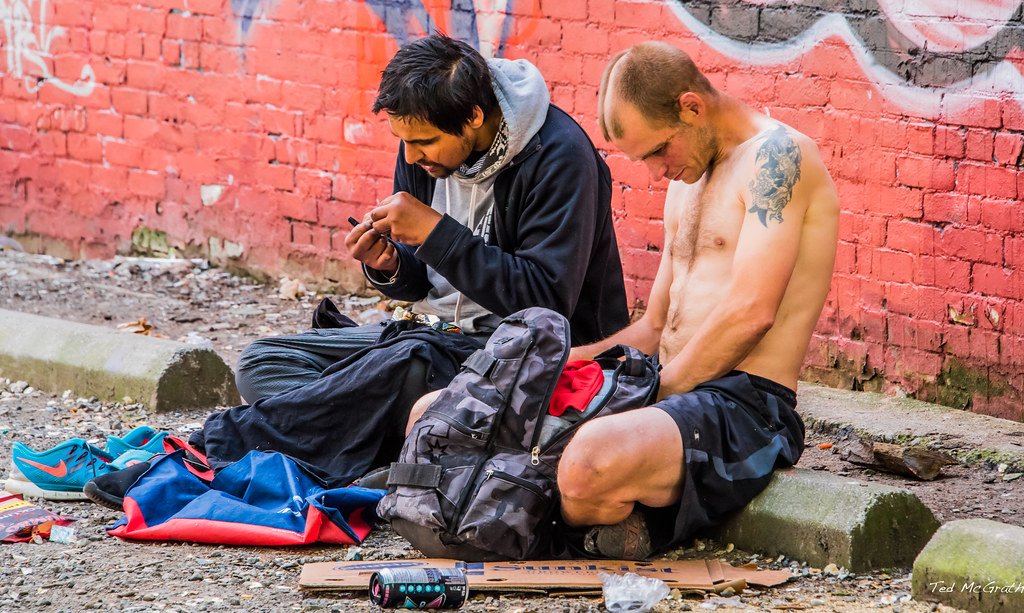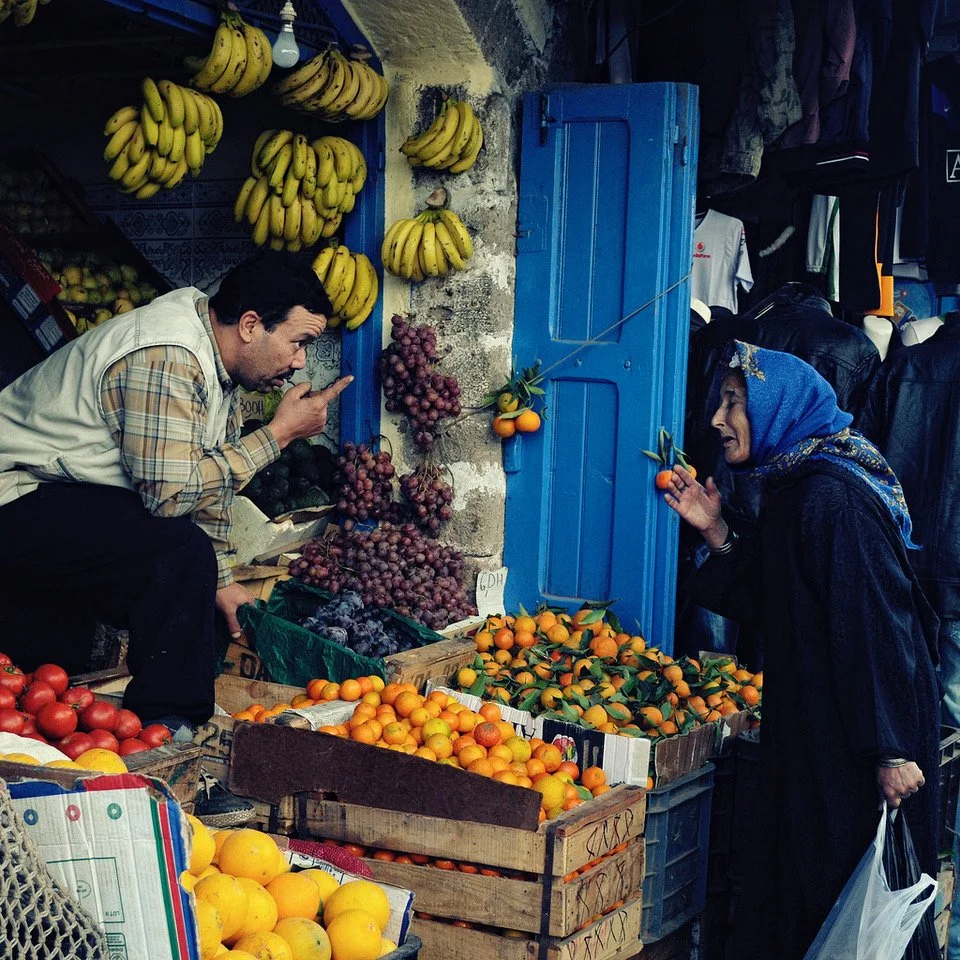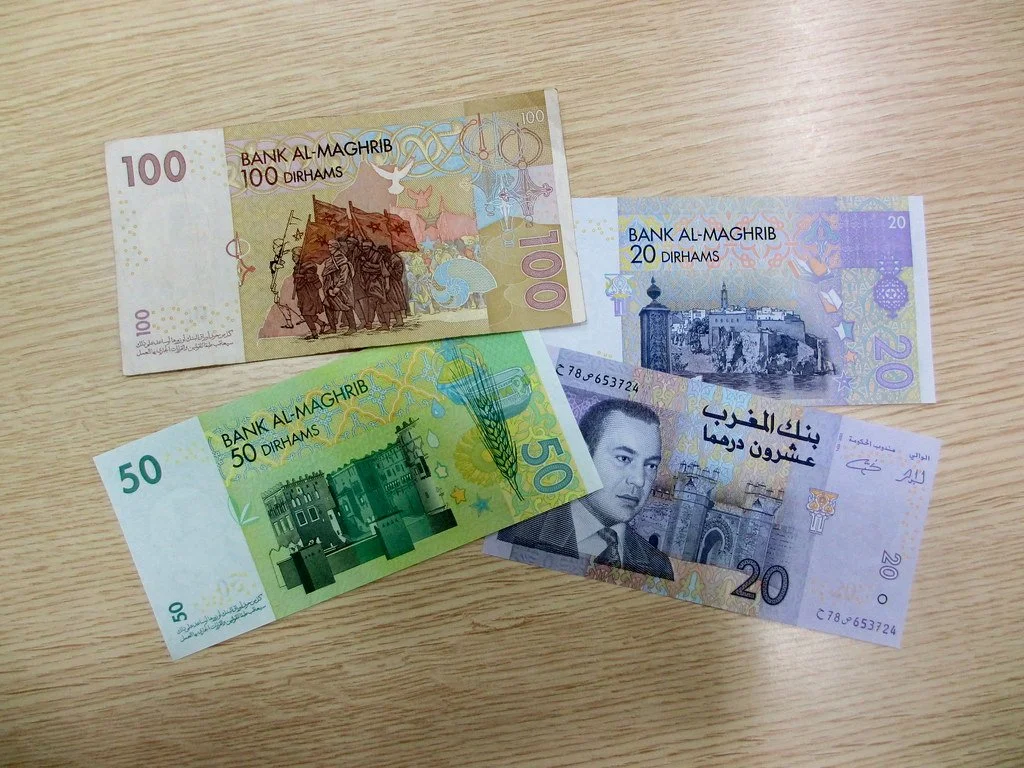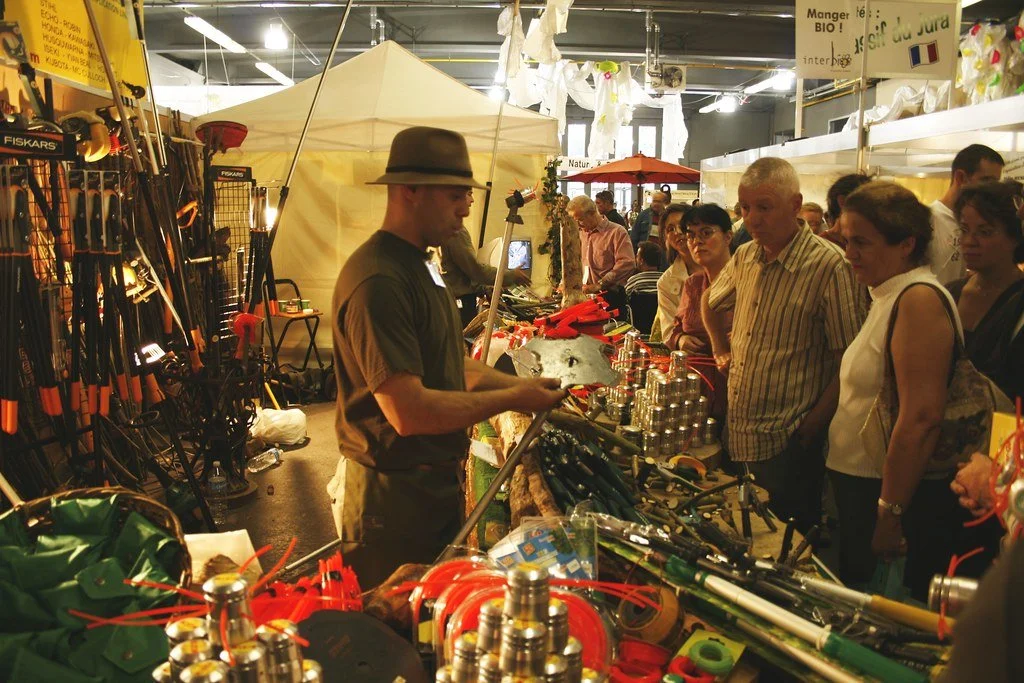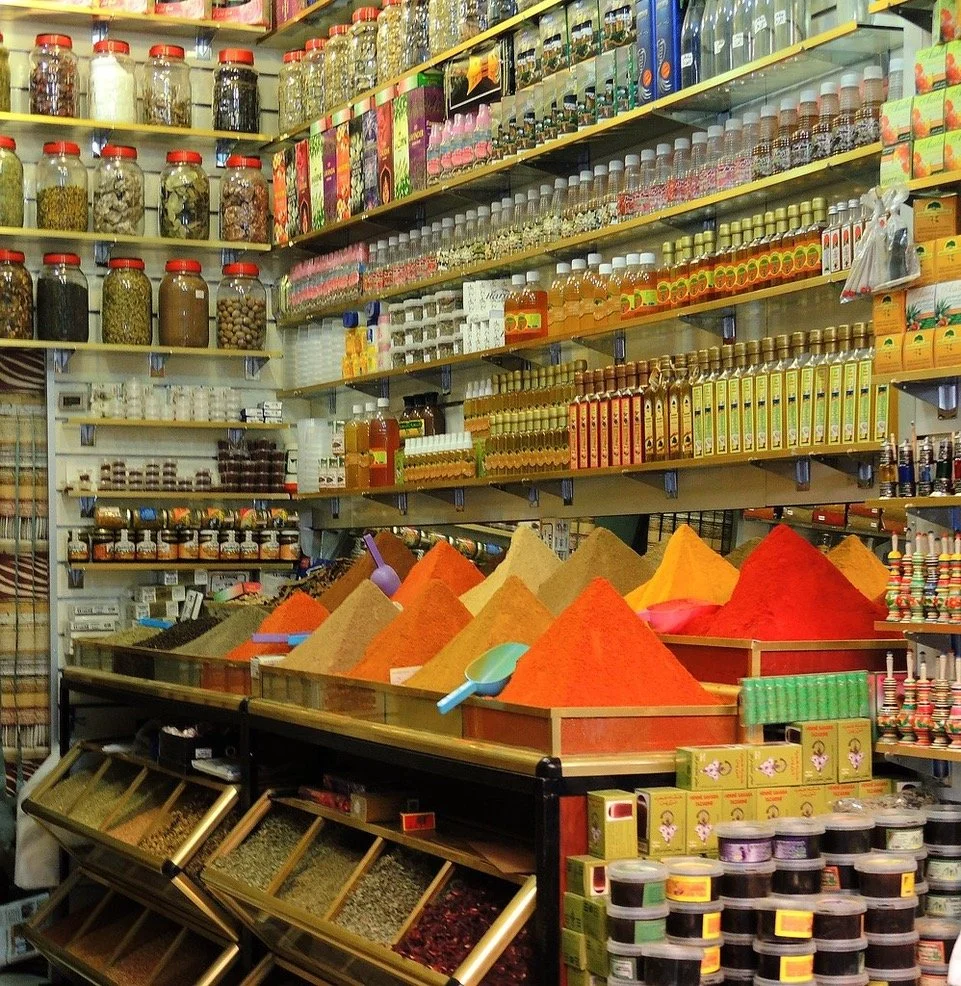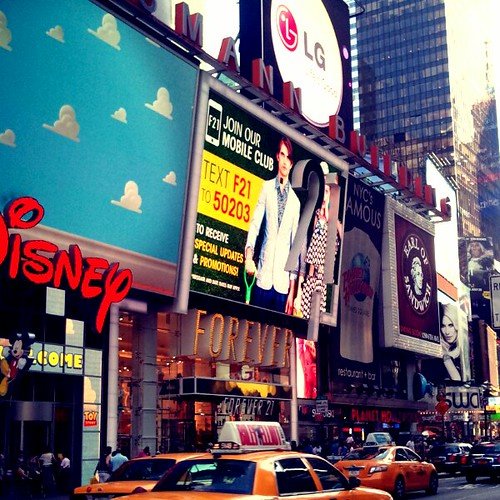Petrochemical plants have been polluting an area of Louisiana known as Cancer Alley for years, and now the residents there are taking action.
The petrochemical plants of Cancer Alley. GinesAlberto. CC BY-NC-ND 2.0.
Along an 85 mile stretch of the Mississippi River between New Orleans and Baton Rouge, Louisiana, the landscape is dotted with petrochemical plants. They were built in the 1980s, when it was thought the plants would bring an economic boom to the region. Now, the residents of the region, known as Cancer Alley, believe that the preponderance of petrochemical plants have caused great harm to their communities.
Today, Cancer Alley contains 25% of the United State’s petrochemical plants. The concentration of petrochemical plants in the area has resulted in widespread pollution. The state of Louisiana produced 145.9 million pounds of toxic waste in 2018, with much of it coming from the petrochemical plants of Cancer Alley. The chemical chloroprene is especially prone to increasing the risk of cancer, as is benzene. Over the course of 2019, the ExxonMobil Baton Rouge Refinery and Chemical Plants increased its release of benzene from 6.5 micrograms per cubic meter to 8.5 micrograms per cubic meter.
The widespread pollution of the region has led to health disparities among its residents. Emissions from a chloroprene manufacturing plant in St. John the Baptist Parish have caused the area around it to have a cancer risk 700 times above the national average. And while there may be a dispute about the true connection between the pollution and cancer rates—research has shown that of over 400 cancer clusters examined in the last 20 years, only one can be identified as a true cancer cluster—there is no dispute that the cancer disproportionately affects impoverished and Black communities.
Cancer Alley is 40% Black, compared to 12% nationally. Over 79 census tracts in Jefferson, St. John the Baptist, East Baton Rouge and Orleans Parishes report being 90% Black and extremely low household income. Those living low-income census tracts have a cancer risk of 12% more than those living in high-income tracts, and those living in predominantly Black areas have a 16% elevated risk of cancer compared to those in predominantly white areas.
Petrochemical companies have traditionally taken advantage of the impoverished communities of the region, building their plants there without the regard for the local communities. They also employ surprisingly few residents of the local community, with a 1995 survey revealing that only 9% of the jobs at those plants were held by local residents. The communities surrounding those plants have now had enough. They are starting to organize to prevent further expansions of the petrochemical industry in the area and are holding the companies accountable for the amount of pollutants that they release.
In 2018, Louisiana’s Department of Environmental Quality granted Formosa, a Taiwanese petrochemical company, approval to build a new plant in St. James Parish. When Sharon Lavigne first heard of those plans, she immediately expressed her disapproval and turned her outrage into a grassroots community organization RISE St. James. That group opposes the new construction or expansion of petrochemical plants in Cancer Alley.
Other efforts have also been made to oppose the petrochemical companies. In St. Gabriel, residents pushed to incorporate their town in the 1990s so the residents themselves could control building permits in the area, rather than county officials working an hour’s drive away. That effort was successful, and in 2015, the municipal government denied a Chinese company’s request to build an industrial complex. In 2017, the town also denied an expansion by hazardous waste incinerator Absorbent Solutions.
However, unincorporated communities do not have the ability to push back against new plants, and the county and state government have a history of ignoring concerns of the local communities of Cancer Alley. In fact, UN experts have called the government policy regarding Cancer Alley to be a prime example of environmental racism. However, the outlook is changing, as the EPA is opening a civil rights investigation over pollution in Cancer Alley, examining whether the factors that cause the preponderance of petrochemical plants in the region violate the rights of African Americans. In a victory for RISE St. James, the Army Corps suspended the permit for the Formosa plant on October 4, 2020.
Bryan Fok
Bryan is currently a History and Global Affairs major at the University of Notre Dame. He aims to apply the notion of Integral Human Development as a framework for analyzing global issues. He enjoys hiking and visiting national parks.













